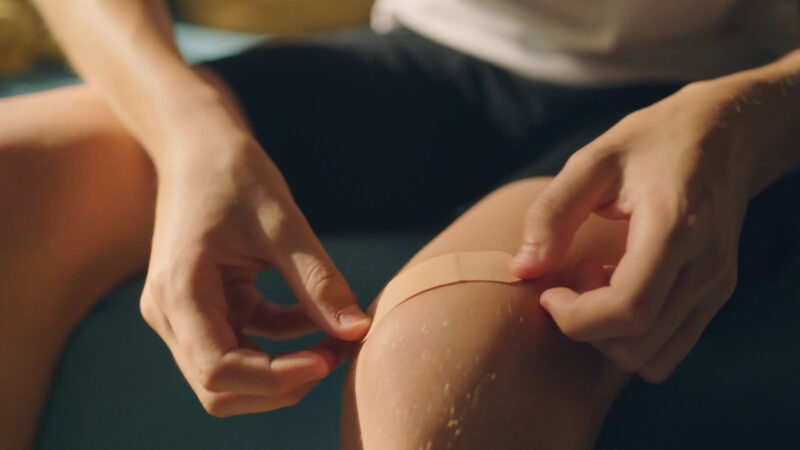When we get cuts, scrapes, or any other kinds of wounds, our first instinct is to wish them away as quickly as possible. Healing, however, takes time and a bit of effort on our part. The good news is, there are proven ways to speed up this process.
From keeping the wound clean to ensuring we’re feeding our body the right nutrients, simple steps can make a big difference in how fast we heal. Today, we’ll talk about how you can support your body’s natural healing process and make your recovery as swift as possible.
Key Takeaways
To speed wound healing follow these steps:
- Keep the Wound Clean
- Apply Antibiotic Ointments
- Cover the Wound
- Promote a Healthy Diet
- Stay Hydrated
- Avoid Smoking
- Manage Stress
- Get Adequate Rest
- Exercise, Carefully
1. Keep the Wound Clean
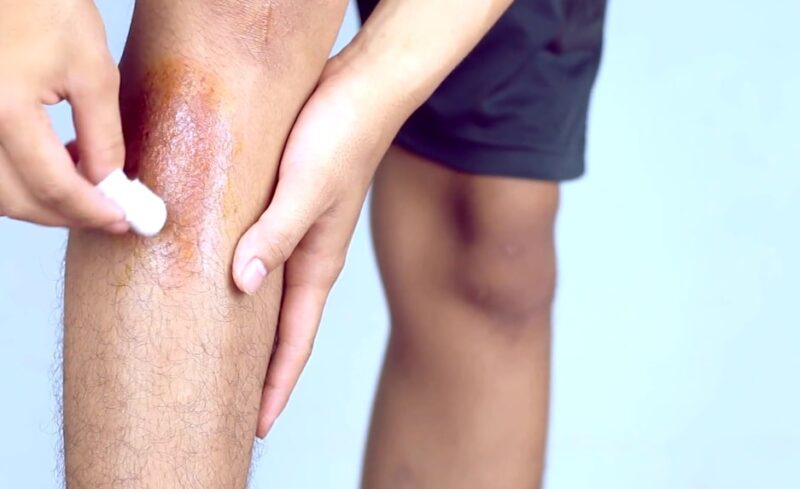
One of the first and most crucial steps in accelerating wound healing is keeping the wound clean. This means gently washing the area with mild soap and water to remove any debris or bacteria. Avoid using harsh chemicals or alcohol-based products, as these can irritate the wound further.
Cleaning your wound helps prevent infections, which can significantly slow down the healing process. Rinse the area gently but thoroughly to ensure that no soap residue remains, which could also irritate the wound.
Pat the area dry with a clean towel instead of rubbing it to avoid further irritation. If the wound is in a hard-to-clean area, consider using a saline solution for rinsing.
2. Apply Antibiotic Ointments
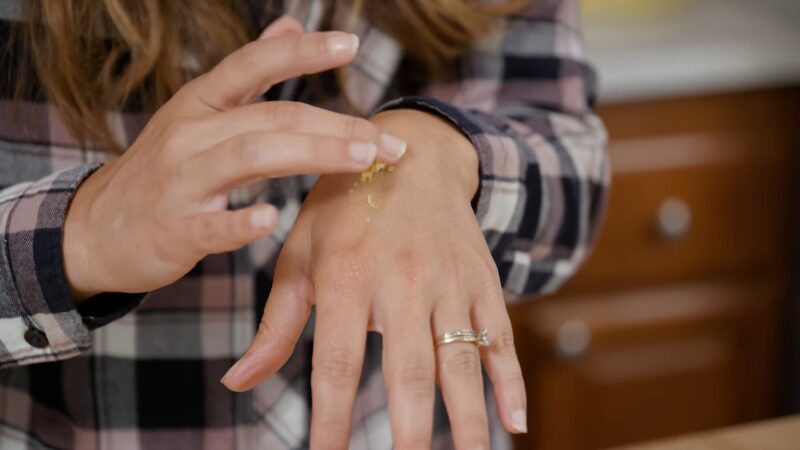
After cleaning, applying a thin layer of antibiotic ointment can provide a protective barrier against bacteria and help keep the wound moist. Moisture is essential for wound healing because it promotes cell migration and reduces the risk of scab formation, which can slow down the process.
Make sure to use the ointment as directed and consider consulting with a healthcare professional to choose the best product for your specific situation. Reapply the ointment according to the package instructions or a healthcare professional’s advice, especially after washing the wound.
Avoid using too much ointment, as excessive amounts can trap bacteria. Also, check for signs of an allergic reaction to the ointment, such as increased redness or itching.
3. Cover the Wound
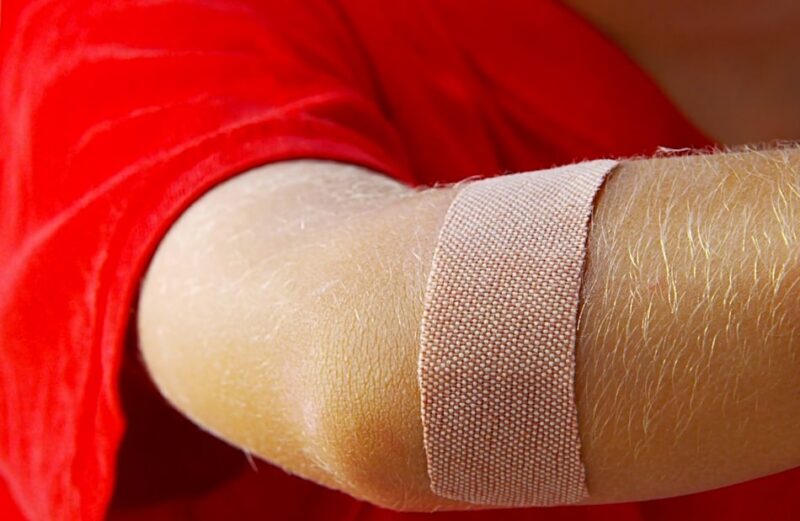
Covering your wound with a sterile bandage or dressing helps protect it from bacteria and reduces the risk of infection. It also keeps the wound environment moist, which, as mentioned earlier, is beneficial for healing. Change the dressing regularly, especially if it becomes wet or dirty, to maintain a clean healing environment.
Select a bandage that is appropriate for the size of your wound to ensure adequate coverage. If you notice signs of irritation from the bandage adhesive, consider switching to a hypoallergenic option. Ensure the bandage is not too tight, as this can restrict blood flow and hinder healing.
4. Promote a Healthy Diet
What you eat plays a significant role in how quickly your wound heals. Consuming a diet rich in vitamins and minerals, particularly Vitamin C, Vitamin E, Zinc, and Protein, can boost your body’s ability to repair itself. These nutrients support the immune system, enhance collagen production (crucial for wound healing), and promote the development of new tissue.
Incorporate foods like citrus fruits, leafy greens, nuts, seeds, and lean meats into your meals. Consider supplements if you’re unable to get enough of these nutrients from your diet alone, but consult with a healthcare provider first. Avoid processed foods and sugars, as they can inflame your body and slow healing.
5. Stay Hydrated

Hydration is key to optimal health, including wound healing. Drinking plenty of water ensures that your body is functioning at its best and aids in the efficient transport of nutrients to the wound site. Proper hydration also helps maintain skin elasticity, which is beneficial for healing.
Aim for 8-10 glasses of water a day, and more if you are active or in a hot climate. Remember that fruits and vegetables also contribute to your hydration. Limit caffeine and alcohol intake as they can dehydrate your body.
6. Avoid Smoking
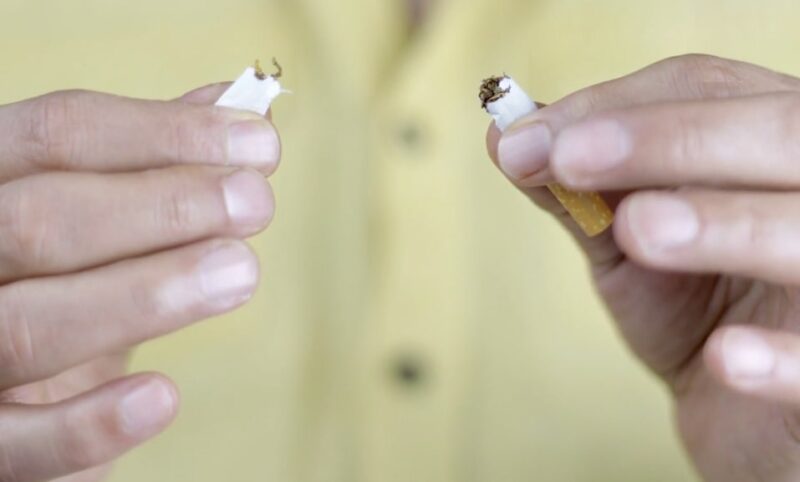
Smoking can severely hinder the wound-healing process. It impairs blood flow, reduces oxygen levels in the blood, and compromises the immune system. These factors all contribute to slower healing times and increased risk of complications.
Quitting smoking can significantly improve your body’s ability to heal. Seek support from quit-smoking programs, or nicotine replacement therapies, or consult a healthcare professional for advice on cessation methods. Avoid second-hand smoke exposure as it can also affect your wound healing process.
7. Manage Stress
Stress has a profound impact on the body’s healing capacity. High-stress levels can lead to increased inflammation and reduced immune function, both of which can slow wound healing. Techniques such as meditation, deep breathing exercises, and yoga can help manage stress and promote a faster healing process.
Set aside time each day to engage in these stress-reducing activities. Consider talking to a therapist if stress becomes overwhelming. Maintain a positive environment and support network to help reduce stress levels.
8. Get Adequate Rest

Sleep is a critical component of the healing process. During sleep, your body repairs and regenerates tissue, including at the wound site. Ensuring you get enough quality sleep helps your body to heal more quickly and efficiently.
Create a restful sleeping environment by minimizing noise and light. Stick to a regular sleep schedule to improve sleep quality. If you have trouble sleeping, avoid screen time before bed and consider relaxation techniques.
9. Exercise, Carefully
While exercise is generally beneficial for health, it’s important to approach it carefully when you’re healing from a wound. Gentle, low-impact activities like kukkutasana yoga can promote blood flow and aid in the healing process, but it’s crucial to avoid putting stress on the wounded area.
Always consult with a healthcare professional before starting any exercise regimen after an injury. Focus on exercises that do not involve the injured part of your body.
For example, if you have a lower-body injury, consider upper-body workouts or swimming. Listen to your body and stop immediately if you experience pain at the wound site.
FAQs
Can applying ice to a wound help it heal faster?
Applying ice to a wound can reduce swelling and numb pain, but it doesn’t directly speed up healing. It’s best used immediately after an injury to control inflammation. Always wrap ice in a cloth to avoid direct contact with the skin.
How often should I change the wound dressing?
Change the dressing at least once a day or whenever it becomes wet or dirty. This helps prevent infection and keeps the wound environment clean and conducive to healing.
Is it better to let a wound air out or keep it covered?
Keeping a wound covered is generally better, especially in the early stages of healing. A covered wound maintains a moist environment that can expedite the healing process.
Can I take a bath or shower with a new wound?
Yes, you can take a shower with a new wound, but it’s advisable to protect it with a waterproof dressing. Avoid soaking the wound in water, such as in a bath, until it has significantly healed.
Should I use hydrogen peroxide to clean my wound?
While hydrogen peroxide is an antiseptic, its use is generally not recommended for cleaning wounds as it can damage the tissue and delay healing. Stick to gentle cleaning with soap and water or saline solution.
Can stress really affect how quickly a wound heals?
Yes, high-stress levels can negatively impact your body’s healing ability. Stress can lead to increased inflammation and decreased immune function, which can slow down the wound-healing process. Managing stress through relaxation techniques can be beneficial for healing.
The Bottom Line
Accelerating wound healing is about more than just waiting for time to pass. It involves active participation in a well-rounded care strategy that includes maintaining cleanliness, applying appropriate ointments, and making lifestyle adjustments.
By following these nine tips, you can support your body’s natural healing processes, leading to quicker recovery and reduced risk of complications. While these tips are helpful, consulting with a healthcare professional for severe or non-healing wounds is always advisable.
Your recovery can be smoother and faster with the right knowledge and practices in place.

